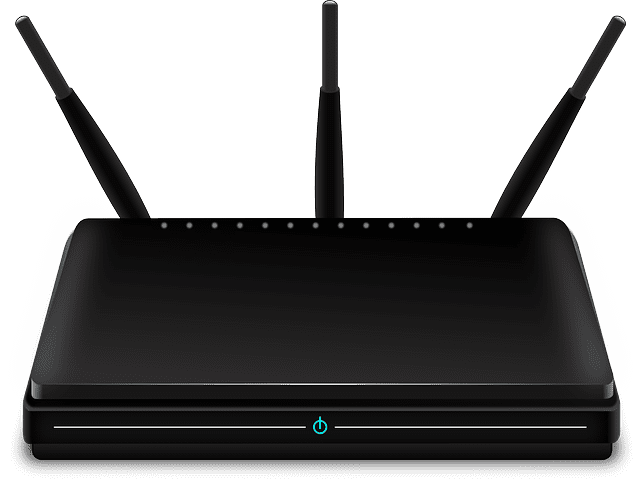Wireless routers should be set in such a location that they maximize availability, signal strength, and speeds. But how do you know where to set a router to best suit your needs?
While there is no clear-cut answer, I’m here to help you in determining the best location for your device.
Where to put it?
There are a few key points to consider when determining the best location for your wireless router. If people only access the wireless network from a specific location in the house or business, such as the living room or break room, it may make sense for you to just set it up in that location. However, if you’re looking to maximize coverage over the entire house or office, you will need to set up the router in a more centralized location.
Once you’ve picked the perfect spot for your router, you will want the router to be set up so that it minimizes interference from walls or other solid objects. This means that you will typically want the router off the ground, around chest/eye level or higher. This will prevent interference from chairs, desks, tables, and other low objects as much as possible.
How should the antenna point?
You’ll also want to check into your antenna type and direction. Most routers nowadays will use omnidirectional antenna, meaning they will send out a signal in each direction. With these antenna, you will typically want to have the antenna pointing straight up, so it broadcasts the signal as far as possible. Some routers, however, will use a stronger, unidirectional antenna, at the expense of sending the signal in only one direction. With these routers, you’ll want to position the antenna in such a way that the signal travels to the area that the WiFi will be utilized the most.
Further Considerations
Furthermore, you should also take into consideration what devices transmit wireless signals on the same frequency as the router, and try to keep them separated. I’ll touch more on this in a bit, but most newer routers will be running on the 5Ghz band, whereas most common devices (microwaves, cordless phones, or even wireless home automation equipment) will run on the 2.4GHz band. Keeping these devices separated will minimize the interference that can be caused by multiple devices using the same frequency.
If you have a question about which band your router is running on, you’ll need to find out (from your router box typically) which IEEE Standard the router uses. This will be determined as 802.11 followed by a letter, a, b, g, n, ac. Those on 802.11b & 802.11g connections will be on the 2.4GHz frequency. If you’re using 802.11a or 802.11ac, your connection is going to be on the 5GHz band. If you’re on 802.11n, then some more digging will be necessary to determine the frequency, as it is possible to use either the 2.4GHz, or the 5GHz frequency.
With these thoughts in mind, and a little trial and error, you’ll be able to determine the best possible location for the wireless router in your home or business. If you need any assistance, SandStorm IT is always here to help. Feel free to call us at 901-475-0275.

